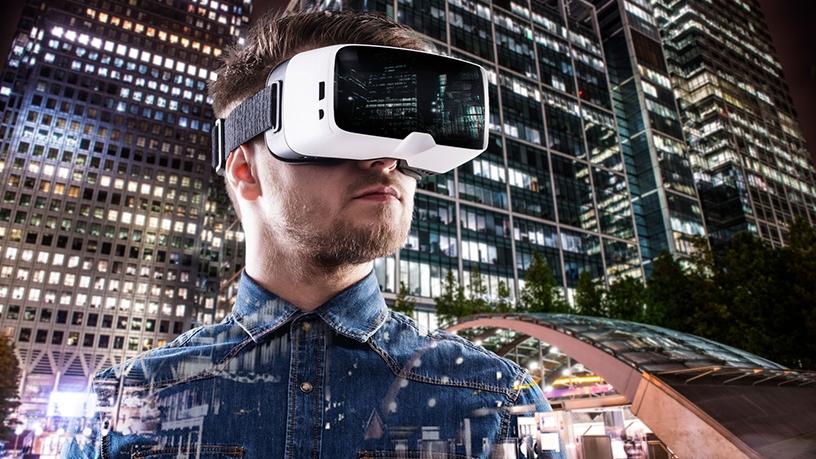
Global shipments of virtual reality (VR) devices reached 3.7 million units in 2017 and is expected to hit 5 million units in 2018.
This is according to a VR market shipments report by TrendForce which predicts that VR manufacturers will adjust their business goals in 2018 as the market recovers from slow market growth last year.
According to the report, the demand for VR devices in 2016 mainly came from the novelty of new products, but the shipments growth slowed down in 2017.
Currently, the niche commercial market for VR demands customisation, while the consumer market for VR focuses on gaming and entertainment. However, currently, there is insufficient VR game content available, which is the biggest obstacle for VR market development, notes the report.
In terms of 2017 shipments ranking, Sony took first place, followed by Oculus Rift in second and HTC Vive in third. As for 2018, TrendForce estimates that the shipments will come to 5 million units, says TrendForce.
"Thanks to PS 4 Pro's strong sales and support from third-party developers, Sony PS VR recorded a shipment of 1.7 million units, accounting for the largest market share in 2017," says Jason Tsai, analyst for TrendForce. Oculus Rift and HTC Vive shipped 700 000 and 500 000 units respectively. Another product, Windows Mixed Reality headset jointly launched by Microsoft and its partners Acer, Dell, Lenovo, etc., recorded a shipment of around 300 000 units in 2017.
In terms of VR devices shipments for 2018, PS VR is expected to record annual shipments of 2 million backed by Sony's rich resources in game console industry. Oculus and HTC will launch new models, raising their shipments to 1 million and 600 000 units respectively, according to TrendForce's estimation.
VR device makers are now looking at standalone VR headsets to accelerate the market growth and to stimulate the demand. Standalone VR devices are mainly used for social media, audio/video and Internet services which target at general consumers. For instance, Google and Facebook are now actively developing standalone VR devices; HTC has also launched Vive Focus, a new standalone device, while searching for more content providers via its platform of Vive Wave.
According to a Deloitte report, worldwide revenue from AR/VR will grow from $5.2 billion in 2016 to $162 billion by 2020 with big companies far outside the world of consumer entertainment testing and deploying AR and VR equipment in a wide range of work-related applications.
"More than 150 companies in multiple industries, including 52 of the Fortune 500, are testing or have deployed AR/VR solutions. Venture capital and corporate investment in AR/VR start-ups totalled $2.3 billion in 2016, an increase of 230%. A consortium of 28 venture capital firms formed last year and pooled $10 billion for VR technology investment," according to Deloitte.
Research firm, Research and Markets estimates that the global AR and VR market will witness growth at a CAGR of 85.4% and 44.5% respectively over the period of 2016 to 2022.
"This growth rate is expected to increase due to the awareness about these technologies among the consumers, mass scale adoption of AR and VR in various industry verticals, and integration of AR and VR to create mixed reality for future applications," notes the company.
Share